Rising Demand for Poultry Products
The Poultry Health Market is experiencing a notable surge in demand for poultry products, driven by increasing consumer preferences for protein-rich diets. As populations grow and urbanization accelerates, the consumption of poultry meat is projected to rise significantly. According to recent data, poultry meat consumption is expected to reach approximately 150 million metric tons by 2025. This heightened demand necessitates robust health management practices to ensure the well-being of poultry, thereby propelling the Poultry Health Market forward. Producers are increasingly investing in health solutions to enhance productivity and meet consumer expectations, which in turn fosters innovation in health products and services.
Emerging Diseases and Health Threats
The Poultry Health Market is facing challenges from emerging diseases and health threats that pose risks to poultry populations. The rise of zoonotic diseases and antibiotic resistance is prompting producers to invest in health management solutions that mitigate these risks. Surveillance and rapid response systems are becoming essential components of poultry health strategies. The market is expected to grow as producers seek to implement effective disease control measures, with estimates suggesting a growth rate of 9% annually in response to these health threats. Consequently, the Poultry Health Market is likely to evolve, focusing on innovative solutions to combat emerging health challenges.
Increased Awareness of Animal Welfare
The Poultry Health Market is increasingly shaped by heightened awareness of animal welfare among consumers and producers alike. There is a growing recognition of the ethical implications of poultry farming, leading to demands for better living conditions and health management practices. This shift in consumer preferences is prompting producers to adopt more humane practices, which in turn drives the demand for health solutions that ensure the well-being of poultry. As a result, the Poultry Health Market is likely to see a rise in products and services that align with animal welfare standards, potentially increasing market growth by 7% over the next few years.
Regulatory Compliance and Food Safety Standards
The Poultry Health Market is heavily influenced by stringent regulatory compliance and food safety standards. Governments and health organizations are implementing rigorous guidelines to ensure the safety and quality of poultry products. Compliance with these regulations is essential for producers to maintain market access and consumer trust. The Poultry Health Market is thus witnessing a rise in demand for health management solutions that facilitate adherence to these standards. For instance, the implementation of biosecurity measures and vaccination protocols is becoming increasingly critical. As a result, the market for poultry health products is projected to grow, with an estimated increase of 8% annually over the next few years.
Technological Advancements in Poultry Health Management
The Poultry Health Market is benefiting from rapid technological advancements that enhance health management practices. Innovations such as precision farming, data analytics, and digital health solutions are transforming how poultry health is monitored and managed. These technologies enable farmers to track health metrics in real-time, leading to timely interventions and improved flock health. The integration of these technologies is expected to drive market growth, with projections indicating a potential increase in market size by 10% by 2026. As producers seek to optimize health outcomes and reduce losses, the demand for advanced health management solutions within the Poultry Health Market is likely to escalate.


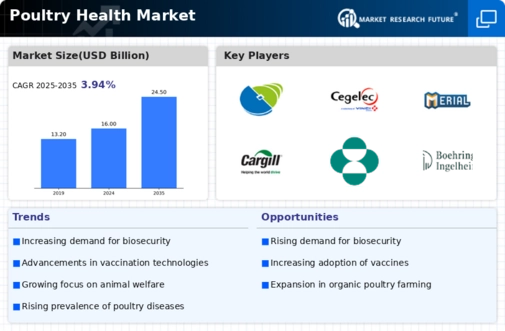
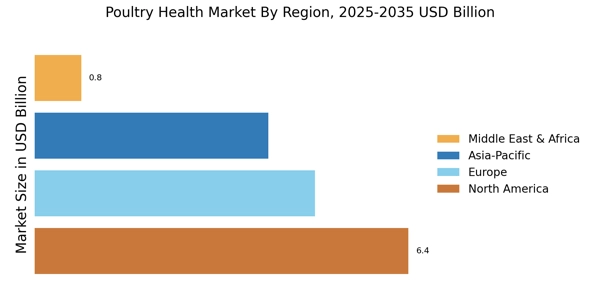

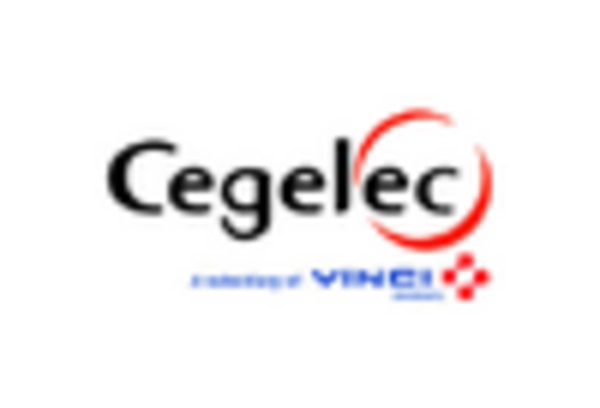
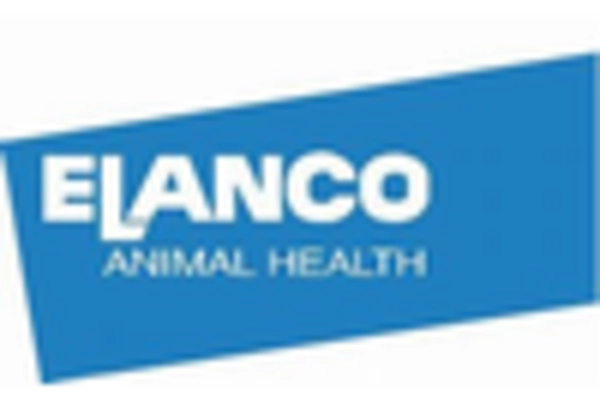


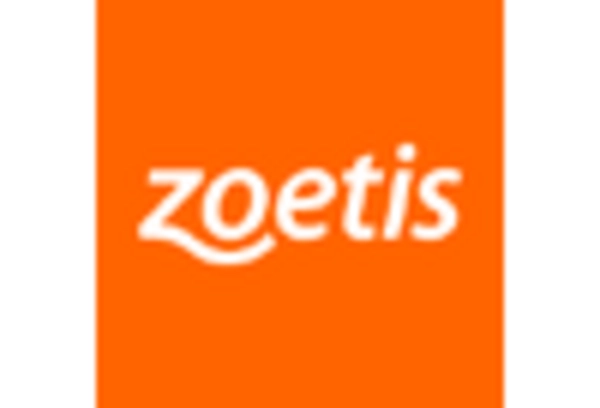








Leave a Comment